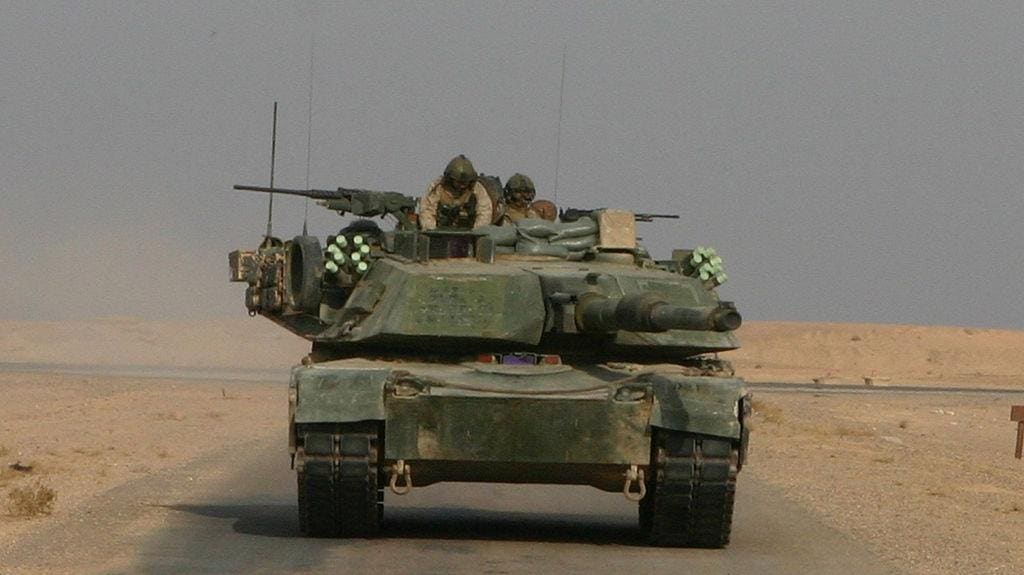The first of 31 M-1 Abrams tanks that the United States pledged to Ukraine eight months ago finally have arrived.
And just in time: combat losses steadily have depleted Ukraine’s inventory of Western-made tanks since Ukrainian brigades launched a counteroffensive across southern and eastern Ukraine back in early June.
The 68-ton, four-person M-1A1s “are preparing to reinforce our brigades,” Ukrainian president Volodymyr Zelensky stated.
Ukraine’s M-1s are ex-U.S. Marine Corps Firepower Enhancement Package models. They’ve got the same 120-millimeter smoothbore main guns, composite armor and high-end optics as other M-1 models. They also have laser systems—so-called “Far Target Designators”—that help them to gather data on a target from four miles away and relay them to nearby artillery batteries.
The M-1 is one of the best tanks in the world. Which is not to say it’s invulnerable to Russian mines, anti-tank missiles and artillery. It’s no more untouchable than is, say, a contemporaneous German-made Leopard 2A6, Swedish Strv 122 or British Challenger 2.
The Ukrainians have, or had, 21 Leopard 2A6s, 10 Strv 122s and 14 Challenger 2s. After three months of offensive operations, they’ve lost three A6s and a Challenger 2. At least one Strv 122 has been damaged, if not destroyed. The Ukrainians also have lost at least three of the 40 older Leopard 2A4s they so far have received.
The 31 M-1s, plus nearly 200 lightweight Leopard 1A5s that also have begun arriving in Ukraine, not only will make good Kyiv’s recent tank losses, they should allow the Ukrainian general staff either to form new mechanized brigades—or to add tank battalions to brigades that don’t yet have them.
And there’s a good chance more M-1s are coming. At least one media outlet already is reporting that a second batch of 30 Abrams is likely.
That makes sense. The American custom, 20 months into Russia’s wider war on Ukraine, has been to pledge a small initial consignment of a particular armored vehicle type—and then to add many more copies once the type is established in service with all the requisite logistics and training infrastructure.
That’s how an initial 50 M-2 infantry fighting vehicles became 200 a few months later, how a pledge of 90 Stryker IFVs quickly doubled and how the handful of High-Mobility Artillery Rocket Systems swelled to nearly 40.
To be sure, the Americans have ample stocks of thousands of older M-1s. The only impediment to a much bigger transfer of the tanks to Ukraine is their armor. It’s a matter of policy that the United States removes the uranium armor from its M-1s and replaces it with tungsten before giving or selling the vehicles to foreign allies.
Just one factory does the work: the government-owned tank plant in Lima, Ohio. The General Dynamics-run plant manufactures just three “new” M-1s a week, and has a significant backlog. Australia, Poland, Taiwan and other countries have ordered hundreds of the tanks.
Read the full article here





